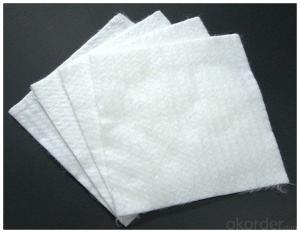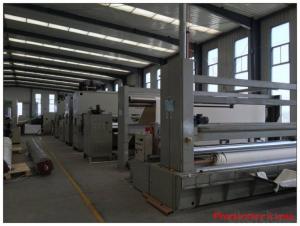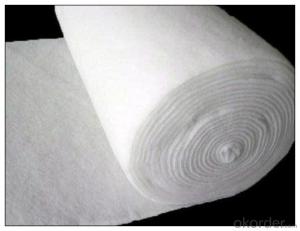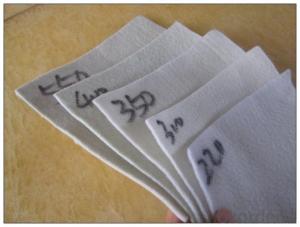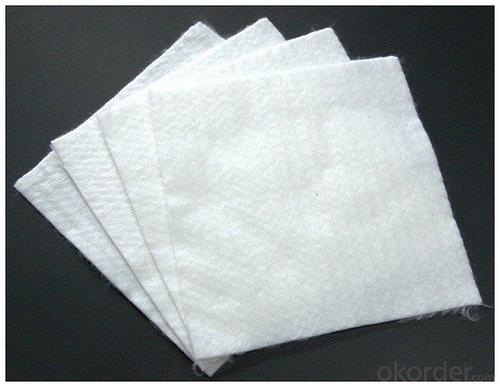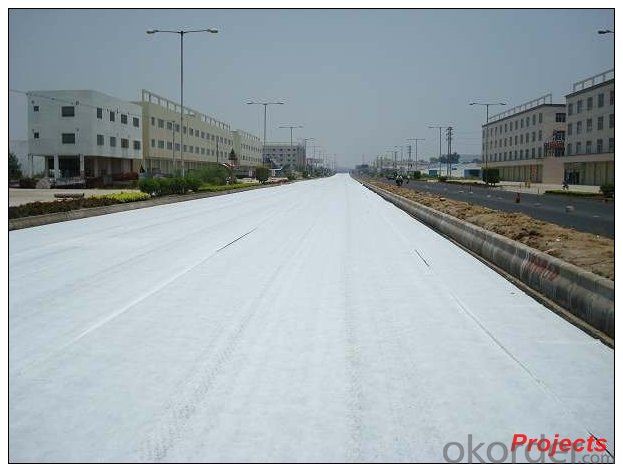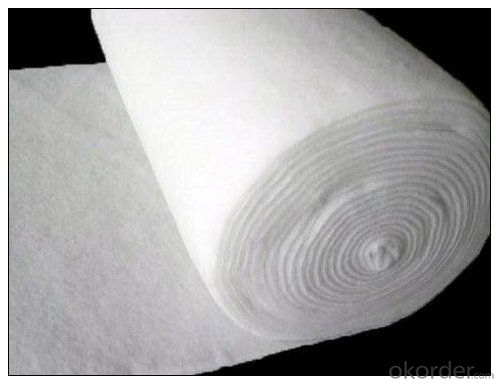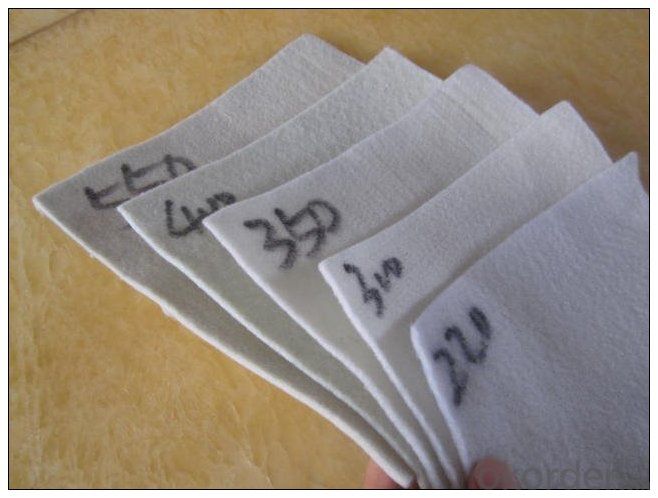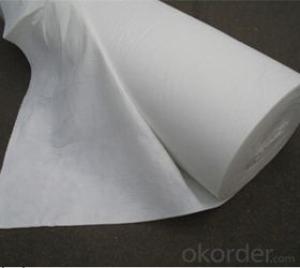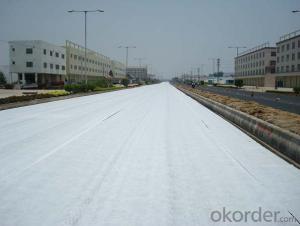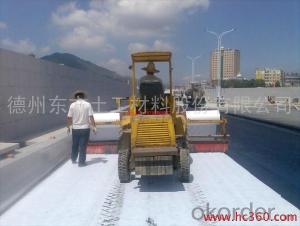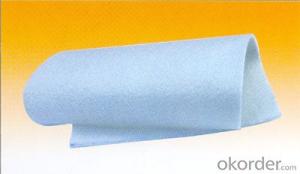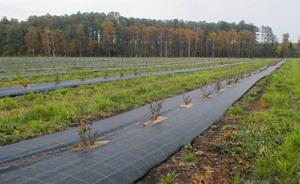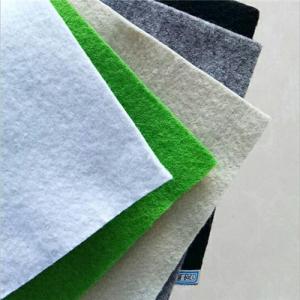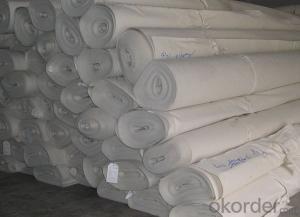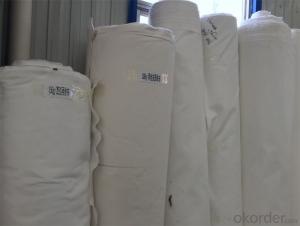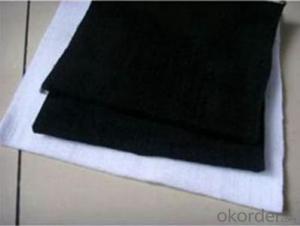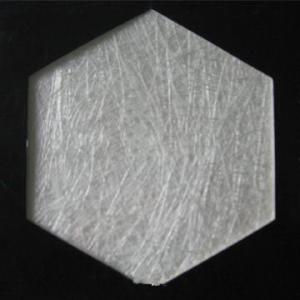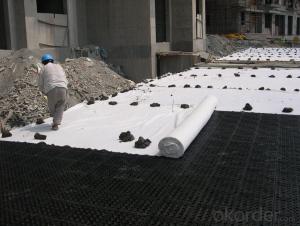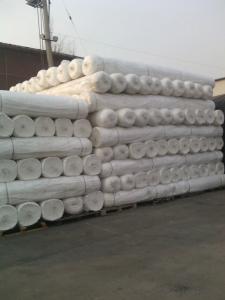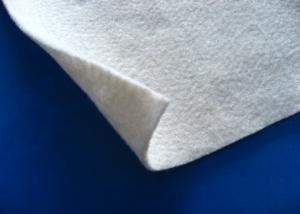Tissu Géotextile Aiguille Percée Non Tissé Polypropylène
- Loading Port:
- Qingdao
- Payment Terms:
- TT OR LC
- Min Order Qty:
- 5000 m²
- Supply Capability:
- 1000000 m²/month
OKorder Service Pledge
OKorder Financial Service
You Might Also Like
Product Description:
Specifications of Polypropylene geotextiles for River Construction:
1, Biggest Width: 6meter
2, Weight: about 1000gsm
3, Treatment: UV protect
Application of Polypropylene geotextiles for River Construction:
A: Subsurface drainage
B: Roadway separation
C: Hard armor underlayment
D:Asphalt overlay applications
Specification of Polypropylene geotextiles for River Construction:
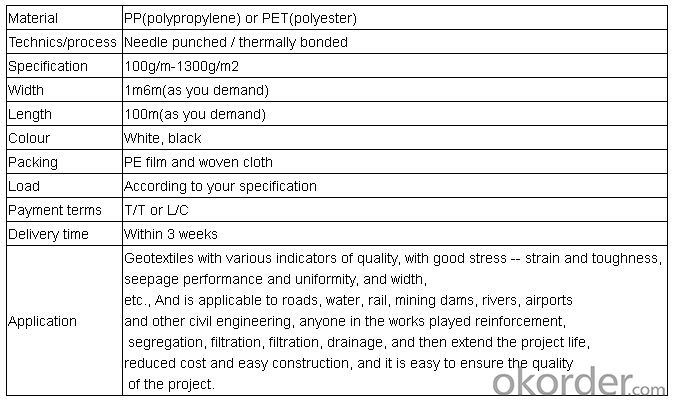
Functions and Features Polypropylene geotextiles for River Construction:
1)Excellent weed control
2)Excellent UV resistance
3)Moisture,fertilizers,air reach plants to allow for healthy soil
4)Good water and air permeability
5)Exceptional toughness and strength
6)Durable,tear-resistant,anti-rot and anti-mildew
7)Light weight,easy to install,follows natural ground contours
8)Ideal for use in landscaped beds,under decks and walkways
9)Fashionable design,high quality,competitive price
10)Long service life
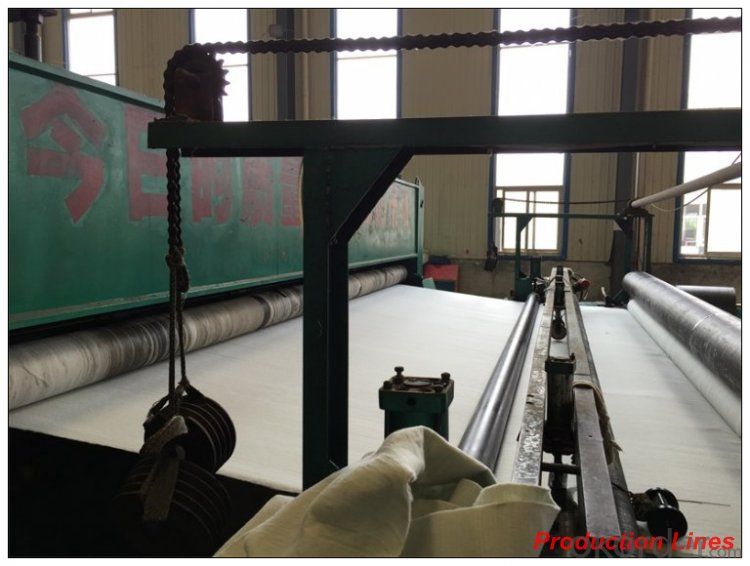
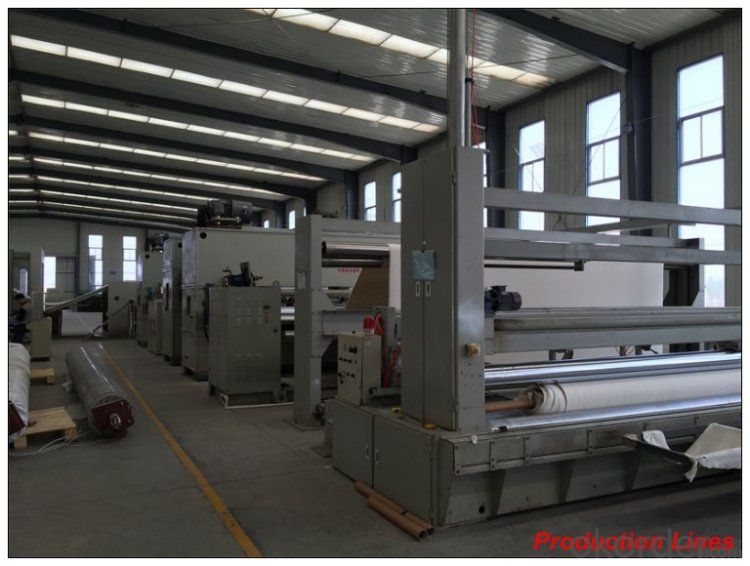
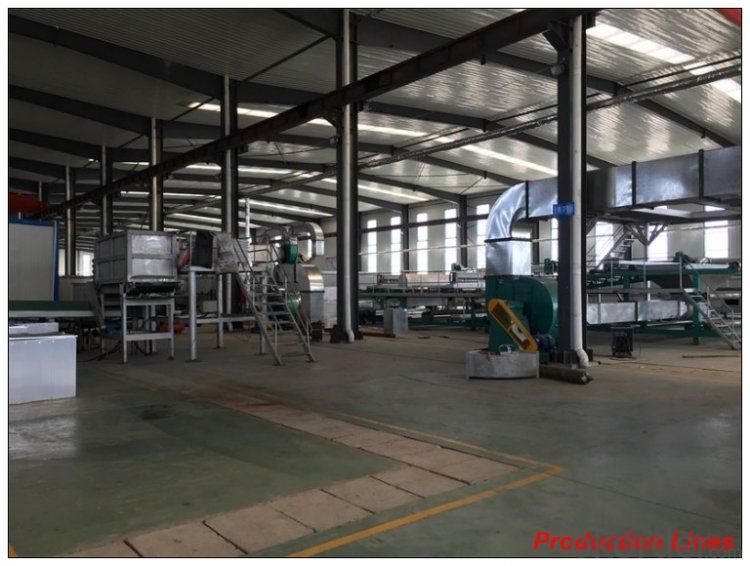
Q1: What is your minimum order quantity?
A:The minimum order quantity is 5000 ,but it is negotiable.
Q2:What is your payment terms?
A: T/T,Western Union,Paypal,L/C...
Q3:What is your delivery time?
A:Production time usually costs 2-20 days.
Waiting to cooperate with you!
- Q: How do geotextiles prevent soil erosion?
- Geotextiles prevent soil erosion by acting as a barrier that stabilizes the soil and enhances its strength. They are installed in the soil to prevent the movement of soil particles caused by water or wind. The geotextiles allow water to pass through while retaining the soil, thus reducing the velocity of water flow and preventing soil erosion.
- Q: How do geotextiles help in groundwater drainage?
- Geotextiles help in groundwater drainage by acting as a filter and separator between the soil and the water. They allow water to pass through while preventing the migration of fine particles, thus preventing clogging of drainage systems. Additionally, geotextiles help in distributing the flow of water evenly, reducing the chances of localized flooding and promoting efficient groundwater drainage.
- Q: What are the different types of geotextile installation equipment?
- Some common types of geotextile installation equipment include geotextile rollers, geotextile stitchers, geotextile spreaders, geotextile staplers, and geotextile tensioners. These tools are used to efficiently and effectively install geotextiles in various applications such as erosion control, soil stabilization, and drainage systems.
- Q: How do geotextiles contribute to pavement design?
- Geotextiles contribute to pavement design by providing reinforcement, separation, filtration, and drainage functions. These synthetic materials enhance the strength and stability of the pavement by distributing loads, preventing the mixing of different layers, filtering out fine particles, and improving water drainage. Geotextiles help in reducing pavement failures, extending its lifespan, and improving overall performance and durability.
- Q: Basically I'm thinking of doing a thesis defense on this topic and I want to know if it is any good.
- Any bio-degradable material is not a better substitute for a geotextile material in long run Materials from polymer family may suit better, like Polyamide Polypropylene Polyethylene My answer refers to about having the ability to separate, filter, reinforce, protect, or drain If your purpose of using geotextile material regarding Beach Erosion, Riverbank Erosion, then coconut fibers is a better option
- Q: Geotextile is what material to do
- The popular understanding is that the plastic is then drawn in a variety of ways.
- Q: What are the advantages of using geotextiles in stormwater management systems?
- Geotextiles offer several advantages in stormwater management systems. Firstly, they act as a filtration barrier, preventing sediment and pollutants from entering water bodies, which helps maintain water quality. Secondly, geotextiles enhance the stability of soil and prevent erosion by providing reinforcement. They also promote water infiltration and reduce surface runoff, which aids in groundwater recharge. Additionally, geotextiles are cost-effective and easy to install, making them a practical choice for stormwater management. Overall, the use of geotextiles in stormwater management systems contributes to improved water quality, reduced erosion, and efficient water infiltration.
- Q: What is the difference between woven and non-woven geotextiles?
- Woven geotextiles are made by weaving continuous individual yarns together, creating a strong and durable fabric. On the other hand, non-woven geotextiles are made by bonding or felting together synthetic fibers, resulting in a fabric that is not as strong or durable as woven geotextiles. Woven geotextiles provide higher tensile strength, better filtration, and are typically used in applications that require greater longevity and stability. Non-woven geotextiles, while less durable, are often used for filtration and separation purposes due to their high water flow rates and ability to retain fine particles.
- Q: What are the different geotextile installation techniques in separation?
- There are several different geotextile installation techniques used in separation, including direct placement, trench installation, and overlapping. Direct placement involves laying the geotextile directly on the ground surface, while trench installation involves placing the geotextile in a trench dug along the separation area. Overlapping is another technique, where multiple layers of geotextile are overlapped to form a continuous barrier. These installation techniques help to prevent the mixing of different soil layers and provide effective separation between different materials.
- Q: Mainly how to filter layer construction, cutting for the weak weathering rock
- The walls behind the sandbags ah, but in most cases are mechanical backfill, and then the top surface of a layer of sandbags and composite drainage network mean
Send your message to us
Tissu Géotextile Aiguille Percée Non Tissé Polypropylène
- Loading Port:
- Qingdao
- Payment Terms:
- TT OR LC
- Min Order Qty:
- 5000 m²
- Supply Capability:
- 1000000 m²/month
OKorder Service Pledge
OKorder Financial Service
Similar products
Hot products
Hot Searches
Related keywords
